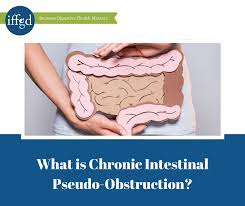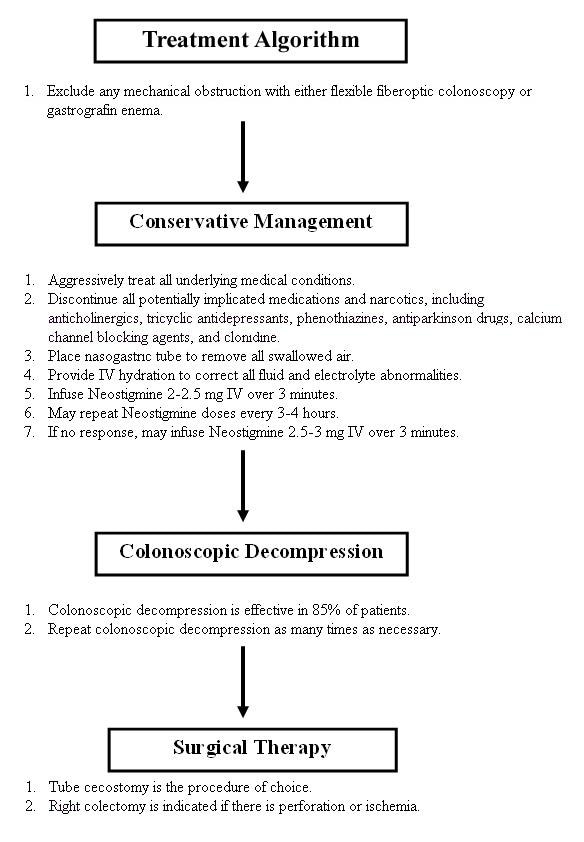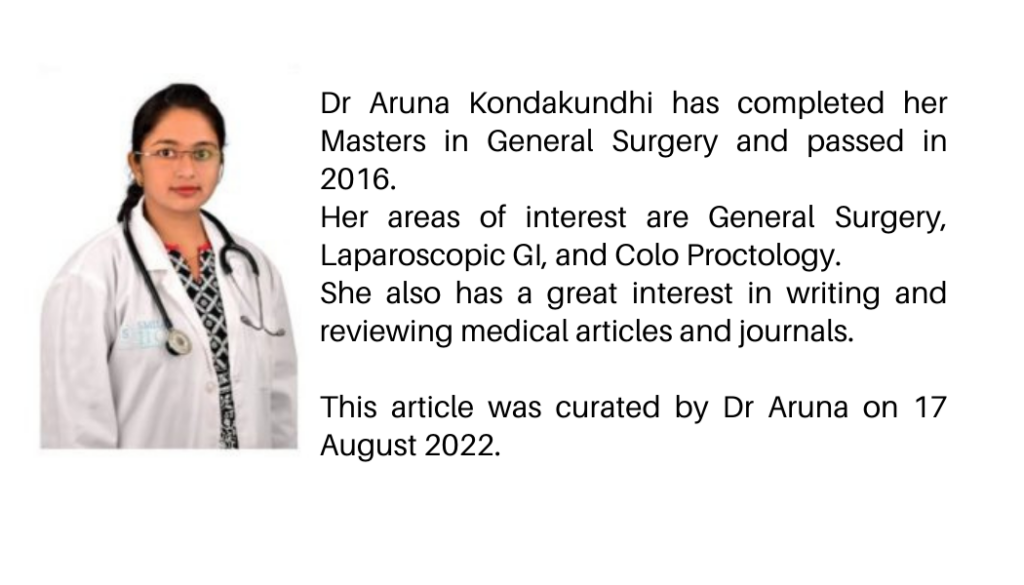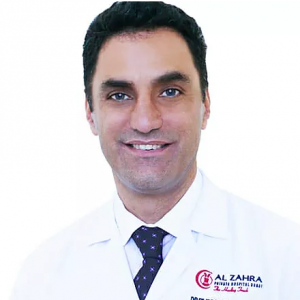Intestinal Pseudo Obstruction
Intestinal pseudo-obstruction can happen at any time of life, and its symptoms range from mild to severe. In children, it can transform into a condition called chronic intestinal pseudo-obstruction (CIP). Read More
Top Doctors For Intestinal Pseudo Obstruction Treatments
Top Hospitals For Intestinal Pseudo Obstruction Treatments
Intestinal Pseudo Obstruction
Table of contents
What is Intestinal Pseudo Obstruction?
Intestinal pseudo-obstruction is defined as a condition that causes an impairment in the muscles that help move food through the digestive tract.
Intestinal pseudo-obstruction is a possibility at any time in your life, and the symptoms can range from mild to serious. It is usually characterized by an accumulation of food that has been digested but not fully digested in the intestines. This may cause abdominal swelling (distention), nausea, pain, vomiting, or diarrhea. But, when it is checked, no blockage can be discovered in the intestines.
Intestinal pseudo-obstruction can occur in people of any age, but it happens more often in children and older adults. It could be a condition known as chronic intestinal pseudo-obstruction (CIP) in children. CIP can affect children in infancy.

Chronic Intestinal Pseudo-obstruction
Chronic intestinal pseudo-obstruction (CIP) is a condition that causes irregularities that affect the peristaltic, which is the involuntary, arranged muscular muscles of the gastrointestinal (GI) tract. Through peristalsis, with the help of nerve control and hormones, foods and other material from the digestive tract are moved within the digestive tract. CIP can occur when peristaltic is affected by problems arising from the nerves and muscles associated with peristalsis.
CIP affects males and females equally and can affect individuals of any age. According to some research, almost 100 new cases of CIP are observed in children in the United States each year. Yet, CIP often goes unrecognized or misdiagnosed, which makes it difficult to know the actual prevalence of CIP within the general population.

What are the types of Intestinal Pseudo- Obstruction?
It can be classified into different forms. They include:
- Acute Colonic Pseudo-obstruction (ACPO) mostly affects the elderly. It occurs whenever the colon becomes enlarged after surgery or illness.
- Chronic Intestinal Pseudo-obstruction is most common in children. It occurs due to the peristaltic dysfunction of the gastrointestinal tract.
- The primary or idiopathic intestinal pseudo-obstruction occurs when the root cause of the muscular or nerve problems that affect the intestinal pseudo-obstruction remains unknown.
- Secondary Intestinal pseudo-obstruction can occur when the cause is identified and understood.
Causes
The causes in adults include:
- Surgery of pelvic or abdominal areas
- Conditions that affect muscles and nerves, like scleroderma, lupus erythematosus, and Parkinson’s disease.
- Infections
- Medicines like opiates and antidepressants can affect nerves and muscles.
- There are also electrolyte imbalances or endocrine problems within the body, such as low thyroid, high calcium, or magnesium levels, for instance.
In infants, it is generally present at birth or is congenital. It may be acquired such as after illness.
Symptoms
Intestinal pseudo-obstruction symptoms include:
- Cramps,
- Abdominal pain,
- Nausea and vomiting,
- Stomach bloating
- Constipation.
- Occasionally diarrhea.
Over time, the condition can cause:
- Bacterial infections
- Malnutrition
- Weight loss
- Muscle problems in other parts of the body.
- And in a few cases, the patients develop problems with their esophagus, stomach, or bladder.
How is Intestinal Pseudo-Obstruction diagnosed?
The diagnosis of pseudo-obstruction in the stomach can be made with the following method:
- Initially, a physical examination is carried out, during which the doctor examines the patient thoroughly to look for any abnormalities.
- The patient’s medical history is checked and analyzed.
- Laboratory investigations: They include complete blood count, electrolyte levels, liver function test, etc. Although, lab investigations are found to be of less help in diagnosing this condition.
- Abdominal radiography includes plain radiography, which is considered one of the most diagnostic tools in finding this condition. A contrast enema may be used if a plain radiograph fails to confirm the diagnosis. Contrast enema is also used in cases to rule out mechanical colonic obstruction.

- CT scans– It helps exclude the presence of obstruction, toxic megacolon, and frank perforation.
- Colonoscopy– It is considered one of the preferred procedures since it helps differentiate pseudo- obstruction from mechanical injury and is also treated therapeutically when colonic decompression is performed during a diagnostic colonoscopy. During this procedure, a small flexible tube and a camera are passed into the intestine to look for abnormalities.
- Antroduodenal manometry, anorectal manometry
- Gastric emptying radionuclide scan.
How is Intestinal Pseudo Obstruction treated?

The best ways to manage and treat this condition are:
- The treatment of inflammation, bacterial infections, and problems with the intestinal muscles are used to treat the causes.
- ACPO cases might require strategies to assist in the removal of gases in the bowel.
- Increase the nutrition levels to prevent malnutrition as well as weight loss.
- Enteral nutrition; During this therapy, a feeding tube is inserted through the nose into the stomach to feed the patient. Sometimes, it is inserted in the stomach directly or in the small intestine, it could be suggested.
- Parenteral nutrition; feeding the patient via an instrument that is inserted through their vein.
- Sometimes, intestinal pseudo-obstruction surgery might be required in extreme cases.
FAQ
It also includes fluid resuscitation, metabolic disorders as well as intestinal decompression, and resting the bowel. This will, in some cases, result in surgery.
Intestinal pseudo-obstruction is often caused by muscle or nerve problems that cause an abnormal contraction of the intestine as well as difficulty in moving fluid, food, and air through the intestinal tract. The symptoms include abdominal pain, cramps, nausea, vomiting, bloating, constipation, and occasionally, diarrhea.
A type that is a result of Intestinal Pseudo obstruction called chronic intestinal pseudo-obstruction is congenital and is present from birth. This form is common in children.
It is also known as “Ogilvie syndrome.” It is distinguished through the severity of colonic dilatation and the absence of obstruction by mechanical means. It can result in abdominal ischemia and death if left untreated.
It ranges from infants when it is an instance of persistent intestinal pseudo-obstruction to the elderly in the event of acute colonic pseudo-obstruction. It affects both males and females alike.
Most patients diagnosed with acute pseudo-obstruction have a better prognosis, and the patient starts feeling symptomatically better once the treatment is started. The patients diagnosed with the chronic form of this disease have a poor prognosis since the chances of recurrence are higher, and the symptoms get worse over time.
The complications associated with intestinal pseudo-obstruction are:
1) Perforation (rupture of the intestines)
2) Weight loss
3) Vitamin deficiency
4) Chronic diarrhea
5) Severe dehydration
Acute intestinal pseudo-obstruction has a better prognosis, while chronic forms of pseudo-obstruction have a bad prognosis. CIP can potentially cause severe and even life-threatening conditions.



























































































